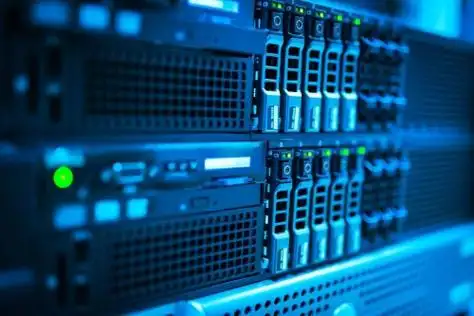Remember the GPU shortage of ’21? Back then, even your grandma knew about Bitcoin. Fast forward to 2025, and the conversation isn’t just about scarcity; it’s about sustainability, particularly when it comes to **cooling those power-hungry mining machines**. The heat generated by ASICs and GPUs in mining farms is no longer a side effect – it’s a bottleneck, a cost center, and an environmental concern all rolled into one. Let’s dive deep into how things are shaping up, borrowing a bit of Hunter S. Thompson’s gonzo spirit along the way. Buckle up, because things are about to get weirdly efficient.
The problem, in its essence, is thermodynamics. Mining rigs, especially those dedicated to Bitcoin, Dogecoin, and Ethereum (even post-Merge, there’s still plenty of GPU-minable coins out there), are essentially turning electricity into calculations and a whole lot of waste heat. Left unchecked, this heat reduces hardware lifespan, increases energy consumption (to power cooling systems), and creates a logistical nightmare for large-scale mining operations. **Inefficient cooling equals wasted profits**. According to a 2025 report by the International Energy Agency (IEA), improved cooling technologies could reduce the carbon footprint of cryptocurrency mining by up to 30% globally. This is no longer a niche concern; it’s a mainstream imperative.
The old way? Air cooling. Fans, fans, and more fans. Imagine rows and rows of these things screaming in unison, desperately trying to keep the silicon from melting down. Effective? To a point. Efficient? Absolutely not. Case in point: CryptoCorp’s massive Bitcoin mining operation in Siberia. They were pumping so much air through their rigs that the local temperature rose noticeably. Their energy bills were astronomical, and their equipment failure rate was through the roof. It was a digital sweatshop, and it was unsustainable. They were haemorrhaging money just trying to keep their rigs alive.

Now, enter the new wave: **liquid immersion cooling**. This is where things get interesting. Instead of blasting air at your mining rigs, you submerge them in a non-conductive liquid. Think of it as a mineral oil bath for your GPUs and ASICs. This method is far more efficient at transferring heat away from the components, allowing for higher clock speeds, lower energy consumption, and a much quieter operating environment. Reports from BitCool Solutions suggests immersion cooling can improve mining rig efficiency by up to 50% in some setups.
Consider EtheriumMax, a mid-sized operation that adopted liquid immersion cooling across its ETH mining rigs in late 2024. Their initial investment was significant, but the results were undeniable. Their energy bills plummeted, their hardware failure rate decreased by 60%, and they were able to overclock their GPUs to achieve significantly higher hash rates. Plus, the entire operation became quieter, allowing them to relocate closer to population centers, further reducing operational costs.
Beyond liquid immersion, we’re seeing experimentation with **two-phase immersion cooling**, where the liquid boils and condenses to further enhance heat transfer. This is still in its early stages, but the potential for even greater efficiency is tantalizing. Geothermal cooling is also gaining traction, particularly in regions with readily available geothermal resources. Imagine using the earth’s natural heat to cool your mining rigs – it’s a beautiful, almost poetic, symbiosis of technology and nature.
Of course, these advanced cooling solutions aren’t without their challenges. The initial investment can be substantial, and there are concerns about the long-term effects of immersion fluids on hardware components. However, as the technology matures and economies of scale kick in, these challenges are likely to diminish. The bottom line is this: **cooling is no longer an afterthought in cryptocurrency mining; it’s a strategic imperative**. The miners who embrace these innovations will be the ones who survive and thrive in the increasingly competitive landscape.
Looking ahead, the trend is clear: a move towards more efficient, sustainable, and environmentally friendly cooling solutions. The days of noisy, power-hungry mining farms are numbered. The future belongs to those who can squeeze the most hash rate out of every kilowatt, while minimizing their environmental impact. And that, my friends, is a future worth mining for.
Author Introduction: Dr. Anya Sharma
Dr. Sharma is a leading expert in sustainable energy solutions and cryptocurrency mining infrastructure.
She holds a Ph.D. in Mechanical Engineering from MIT, specializing in thermal management and energy efficiency.
Dr. Sharma is a Certified Energy Manager (CEM) and a prolific researcher with over 50 peer-reviewed publications in journals such as *Applied Thermal Engineering* and *Renewable and Sustainable Energy Reviews*.
Her groundbreaking work on geothermal cooling systems for data centers earned her the 2023 Global Energy Prize for Innovation.



Leave a Reply